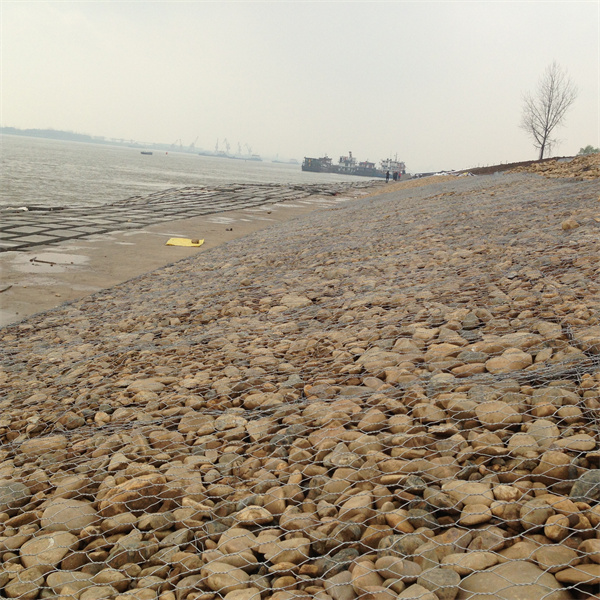Dec . 21, 2024 13:59 Back to list
gabion construction details supplier
Gabion Construction Details from Reliable Suppliers
Gabions, often referred to as wire mesh baskets filled with stones, are a popular choice in modern construction and landscaping due to their versatility, durability, and effectiveness in erosion control and stabilization. When considering projects involving gabions, understanding the details of their construction and sourcing from reliable suppliers becomes paramount. This article explores the construction details of gabions and highlights the importance of choosing the right supplier.
What is a Gabion?
A gabion is essentially a cage or basket made of wire mesh filled with rocks, concrete, or other suitable materials. They are commonly used for various applications, including retaining walls, riverbank protection, noise barriers, and decorative features in landscaping. The design of a gabion allows for flexibility and permeability, enabling drainage while providing robust structural support.
Construction Details
1. Material Selection The primary materials used in gabion construction are wire mesh and fill material. The wire mesh is typically made of galvanized steel or PVC-coated steel to prevent corrosion. The fill material can range from natural stones to concrete blocks, depending on the specific requirements of the project.
2. Size and Shape Gabions can come in various sizes and shapes to suit different applications. Typical dimensions for gabion baskets are 1m x 1m x 1m (3.28ft x 3.28ft x 3.28ft), but custom sizes are often available. The shape can also vary; common shapes include rectangular, cylindrical, or polygonal configurations.
3. Installation Process The installation of gabions typically involves the following steps - Site Preparation The area where gabions will be placed must be cleared and leveled. It’s essential to assess the soil conditions and ensure proper drainage to prevent water accumulation behind the gabion wall. - Assembly of Gabion Baskets The wire mesh is assembled into the desired shape and size, fastened using mechanical ties or welds to ensure stability. - Filling The prepared wire mesh baskets are then filled with the selected fill material. It is crucial to compact the material adequately to prevent shifting. - Securing Once filled, the tops of the gabions are typically sealed with additional wire mesh or bent over to secure the fill material further.
4. Aesthetic Considerations Beyond their structural applications, gabions can also complement landscaping designs. The choice of fill material plays a role, as different stones can enhance the visual appeal. Moreover, vegetation can be integrated into gabion walls, creating living walls that promote ecology while serving construction needs.
gabion construction details supplier

Choosing a Reliable Supplier
When sourcing gabion materials, selecting a reliable supplier is critical. Here are some key factors to consider
- Quality of Materials Ensure that the supplier provides high-quality wire mesh and fill materials. Look for suppliers that adhere to industry standards and provide certifications for their products.
- Custom Solutions Many projects may require specific sizes or types of gabions. A good supplier should offer customization options to meet these unique needs.
- Experience and Reputation Research the supplier's experience in the industry. Customer reviews, testimonials, and case studies can offer insights into their reliability and service quality.
- Customer Service Efficient communication and excellent customer service are vital for any supplier. They should be able to provide technical support and address any concerns regarding the construction process.
Conclusion
Gabion structures offer an effective solution for numerous engineering challenges, from erosion control to decorative landscaping. Understanding the construction details and sourcing from reputable suppliers ensures that your project will be successful and sustainable. As you consider gabion construction, take the time to select materials and partners that will contribute positively to your project's overall outcome.
-
HESCO Gabion Baskets for Coastal Erosion Prevention
NewsAug.22,2025
-
Longevity and Durability of River Rock Gabion Walls
NewsAug.22,2025
-
How to Integrate Gabion 3D Walls in Urban Planning
NewsAug.22,2025
-
Reno Mattress Gabion Applications in Civil Engineering
NewsAug.22,2025
-
How to Install Wire Mesh for Gabion Baskets Properly
NewsAug.22,2025
-
Best Materials for Filling a Chain Link Gabion
NewsAug.22,2025
-
Wire Mesh Thickness Impact on Gabion Wall Load Bearing
NewsAug.12,2025






